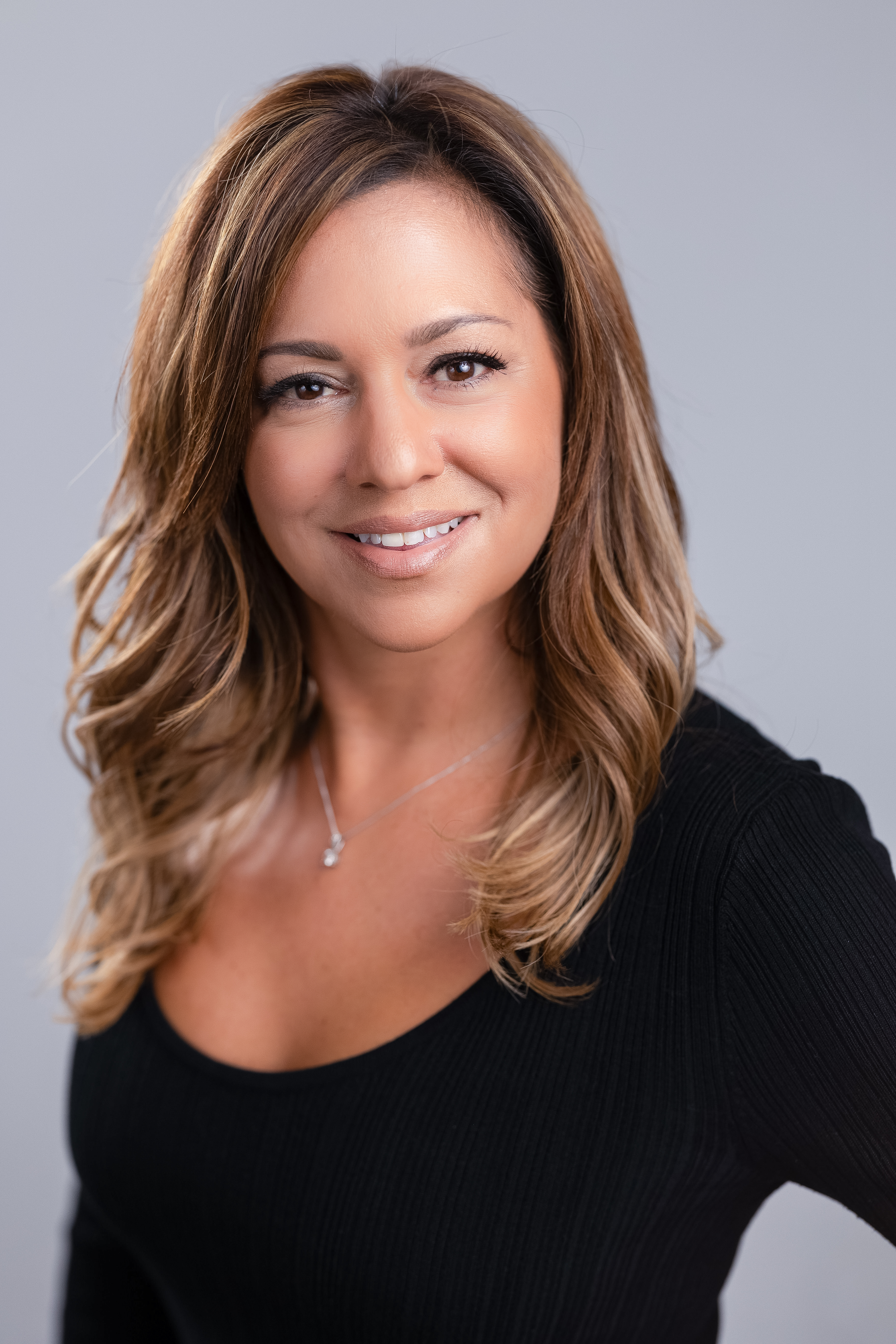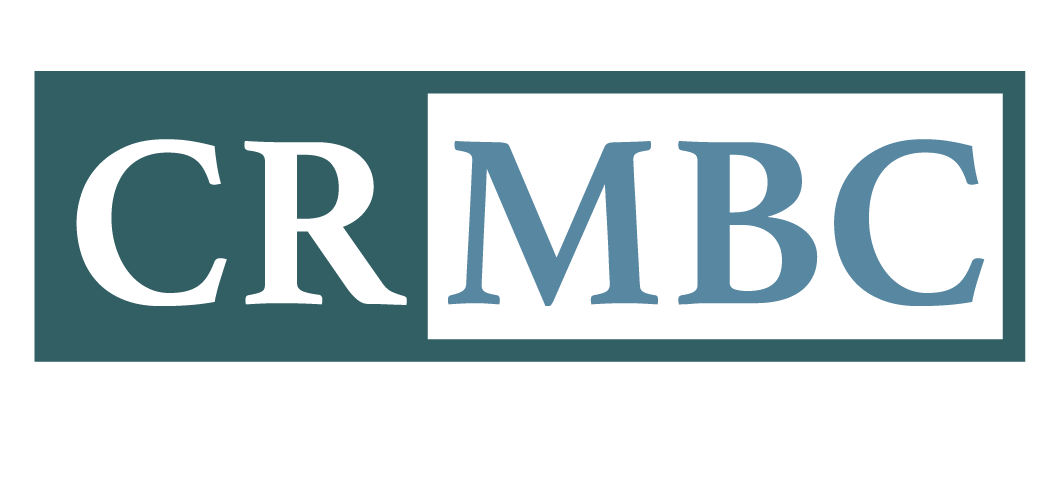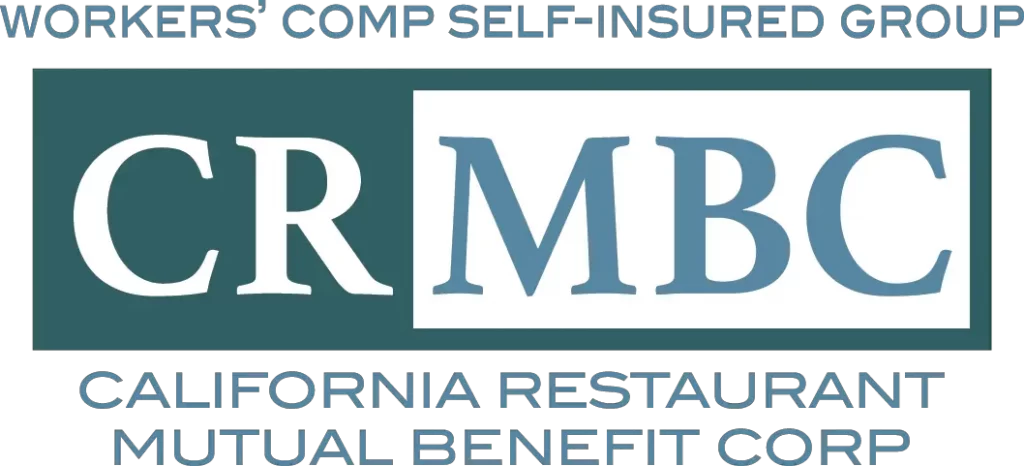By Kaya Stanley, JD/MSW
Although I lived in Reno, NV for over a decade, I have never gambled at a casino. Not once. Don’t roll your eyes just yet … I’m not saying it’s because I’m a good person. It’s actually because I’d rather buy expensive shoes than throw away a couple hundred bucks in a game that is rigged to assure that I’m going to lose most of the time.
Shoes are a sure thing. Winning at a casino is not. Neither is gambling on insurance.
“The house always wins” means that while you might win here and there, the odds at a casino are carefully calculated to ensure that over time, the house will make a profit regardless of your individual outcome. This happens due to mathematical advantages built into the game, and the more people bet, the bigger the casino’s financial gain.
Believe it or not, this is also how commercial insurance works. The goal of a traditional insurance company is to generate profits for its shareholders. They do this by collecting premiums from policyholders, then investing those premiums to get the highest returns. The key here is that the overall revenue they generate must exceed the claims they pay out and the money they spend on overhead. When you think of how much a commercial carrier spends on overhead, picture the huge skyscraper in the financial district, the baseball stadium named after them, and the funny lizard commercial at the Superbowl half-time show.
Over time, while individual policyholders experience some benefits and claims coverage, the insurance company’s primary goal is NOT the well-being or financial position of the policyholder. The traditional insurance company needs to grow the risk pool as big as possible (just like the casino that makes more money the more people place bets.) An insurance company will even “buy” your business by offering you lower rates than the actuarial report says they should just to get your business and cash. That way they have more money to invest to create profits for the shareholders.
These lower rates probably sound good in the short term. But as with many things, the devil is in the details. And if it sounds too good to be true, it probably is.
An Alternative to Traditional Insurance
Most business owners don’t even realize there is an alternative to traditional insurance for small and medium sized businesses. One obvious alternative you’ve probably heard of is “self-insurance.” This means keeping enough money aside to cover your claims (it’s a whole lot more complicated than this, but let’s start here). However, when we think of self-insurance, most of us think of huge corporations like Disney or Wal-Mart; companies with so much money they can set aside enough money to cover their claims and can withstand a catastrophic loss.
Huge companies do this because it makes financial sense. Why give money to pay for an insurance executive’s fancy corner office if you can manage your own money in one of the most lucrative financial vehicles that exists in the world. Make no mistake, there is a reason why insurance is one of the most profitable businesses out there. Huge companies know this and have the resources to set up their own programs. So, what about smaller businesses?
Enter: Self-Insured Groups (SIGs)
A SIG refers to a collective of businesses in the same industry who pool their resources to self-insure their risk (i.e. Workers’ comp or health). In this arrangement, each member contributes to a common fund that is used to cover the group’s insurance claims, administrative costs, and other expenses.
Because a SIG is created BY business owners FOR business owners, there is a whole different member-oriented approach on every level. In a SIG, the business owner is an owner of the group. That means, the owner has a lot more say in how their claims are handled, how money is managed, and how profits are distributed.
Remember earlier I talked about what happens if you have one bad year in a traditional insurance company? Your rates will likely go up the following year. Not necessarily so in a SIG. In a SIG, you have access to the board, the administrator and underwriting. For example, if your bad year was due to one bad loss that was an anomaly, your SIG is going to listen to you and take that into consideration. You can even give input with the adjusters and defense counsel. Or if you implement a solid action plan to mitigate your losses, you can work with your SIG directly on your rates. Not so in traditional insurance. The CEO in his penthouse doesn’t care about your rate increase.
I made a quick list to highlight some of the characteristics of a SIG:
- Risk Sharing: Members of the group pool their resources to collectively cover the costs of insurance claims. This spreads the risk among the participants, reducing the financial impact on individual members if a significant claim arises.
- Customization: Self-insured groups have the flexibility to design their insurance plans according to their specific needs and requirements. This customization can lead to more tailored coverage and potentially lower costs.
- Cost Control: By managing their own insurance claims and administrative processes, self-insured groups can exercise more direct control over the costs associated with their insurance program.
- Savings Potential: Depending on the group’s claims experience, self-insured arrangements can potentially lead to cost savings compared to purchasing traditional insurance policies.
- Regulation: Self-insured groups are subject to certain regulations and oversight to ensure that they have the financial stability to cover their potential claims.
- Third-Party Administrators (TPAs): Self-insured groups work with third-party administrators who handle claims processing, payment, and other administrative tasks on behalf of the group.
Self-insured groups are not for everyone. While traditional insurance policies have been the norm for many businesses, self-insured groups offer a compelling alternative with numerous advantages. From cost savings and tailored risk management to increased control and participation, self-insured groups empower businesses to take charge of their insurance needs.
As the business landscape evolves, exploring the benefits of self-insured groups can lead to more effective risk management strategies and a brighter financial outlook for your business. But even more compelling is the fact that self-insured employers have enjoyed stable rates for more than 105 years, regardless of the economy or market volatility.
(It’s kind of like spending your money on great shoes vs. gambling at the slot machine.)
Kaya Stanley, JD/MSW is the CEO/Chairman of the California Restaurant Mutual Benefit Corp (CRMBC), California’s only restaurant workers comp self-insured group.

Kaya Stanley is an attorney, published author, business owner, and highly sought-after strategic turnaround expert. Ms. Stanley serves as CEO and Chairman of the Board for CRMBC, the largest restaurant workers’ compensation self-insured group in California, and she is the Licensee for TEDxReno, an independently organized TEDx Event.
Throughout her 22 years of practicing law, Ms. Stanley has served as outside counsel for Wal-Mart and Home Depot. She was voted one of the country’s “Top 25 OZ Attorneys” by Opportunity Zone Magazine and published a best-selling book called “The Employer’s Guide to Obamacare.” Before that, she earned her master’s degree in social work and public policy, after which she worked with at-risk girls in Detroit and lobbied for women and families.








